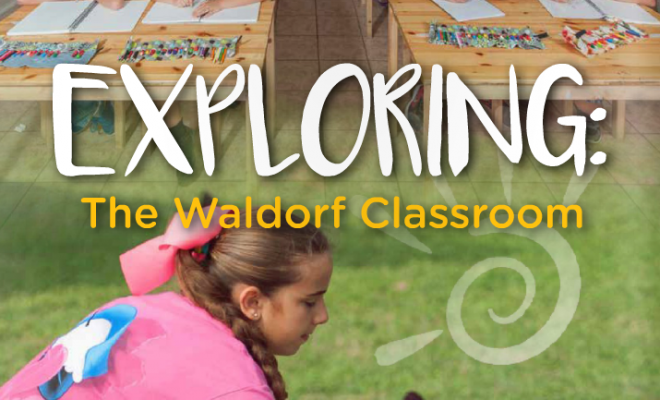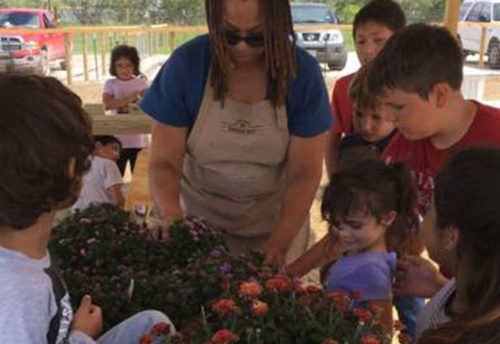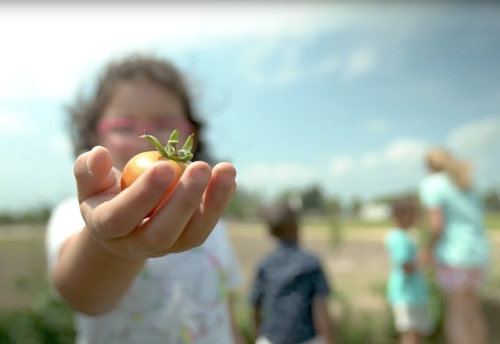
Exploring the Waldorf Classroom
The face of education is changing, and education alternatives are popping up everywhere. From online schools to charter and private schools, approaches to getting educated are as varied as the students themselves. One of those alternatives here in the Rio Grande Valley is Pace Academy, which is inspired by the Waldorf curriculum, and a private school in Harlingen, Texas.
Robin Wilson-Clipson founded Pace Academy Private School in Harlingen, Texas two years ago. After researching various educational methods, including Montessori, Reggio, and KIPP, she happened to stumble upon Waldorf. She and an associate took a trip to the Waldorf school in Austin to see what it was all about. “We’re there for probably five minutes and I realize – I have found the school I want to duplicate,” says Wilson-Clipson. When Pace Academy first opened, they served Pre-K through sixth grade, with the intention of adding a grade each year. This fall they will be adding eighth grade, and plan to continue a steady growth including a move to a new, larger facility in the future.
Waldorf education is essentially divided into three stages. Early childhood focuses on hands-on activities and creative play. Elementary accentuates artistic expression and social skills, while secondary develops critical thinking and empathic understanding. Wilson-Clipson says, “We chose the Waldorf curriculum because it aligns with the idea we have that it’s not just good enough to improve someone’s academics or their ability to do academic work; we also have to give our children the ability to solve their own problems. There are many names for children and adults who have developed problem-solving skills. We call those people innovative; we call them entrepreneurs. We call them leaders.”
Developing the social skills that will allow children to work effectively with others is a constant endeavor at Pace Academy. “Kindness is very important when you’re working with other people, so we talk about the three gates,” says Wilson-Clipson. When children are talking to their classmates, they need to stop and make sure information passes three tests: Truth, Necessity, and Kindness. “Ask yourself, ‘Is it true? Is it necessary? Is it kind?’ says Wilson-Clipson. “If it doesn’t pass all three, keep it to yourself.” The children have an hour-long recess where they have ample opportunity to practice their social skills in all their interactions.
Education at Pace Academy isn’t quantified by grades for each learning goal, so what is the role of homework? “I truly believe that a child cannot really be responsible for homework until they can be more responsible for themselves,” says Wilson-Clipson. Her goal for the classroom is that the children learn what their instructor intended them to learn. If they successfully grasp the concepts, they move on. If not, they get another lesson on the subject. “We teach things to help a child be more responsible: We don’t break or peel our crayons. We don’t throw them on the floor; we have little containers for our crayons. The responsibility starts with their crayons and color pencils – making sure that they’re replaced each and every time.” She explains that they enforce these ideas because responsibility takes practice to become a habit. If children understand that they must take care of possessions like their crayons, it establishes a norm of being respectful and careful. If they can be responsible for things, they may be ready to care for a pet, which in turn prepares them for the larger responsibilities that come with growing up. The lessons and ideals taught at Pace Academy will continue to influence the lives of the students well into adulthood, regardless of what career and life paths they choose to take.
 Wilson-Clipson believes that it is vital that a teacher, student, or parent of a student in a Waldorf School understand the importance of science, art, and music working together with math and English. “Because they are developing the left brain and right brain at the same pace and giving it equal importance, music and art are not less important than math and English. They come together to help create a student that is well balanced,” says Wilson-Clipson.
Wilson-Clipson believes that it is vital that a teacher, student, or parent of a student in a Waldorf School understand the importance of science, art, and music working together with math and English. “Because they are developing the left brain and right brain at the same pace and giving it equal importance, music and art are not less important than math and English. They come together to help create a student that is well balanced,” says Wilson-Clipson.
A successful Waldorf school is supported by its community. Parent volunteers are invested in the school and want it to succeed, and their contributions are immeasurable. “I love the idea of different people from the community coming in and teaching the kids how to bake bread, how to fix a lawnmower, how to weld a seam – there are a million things that kids can learn. You never know what kid has been looking for that one thing to latch onto to say ‘I need to keep going to school because that’s what I want to do.’ They never would have found it without that person coming in.”



